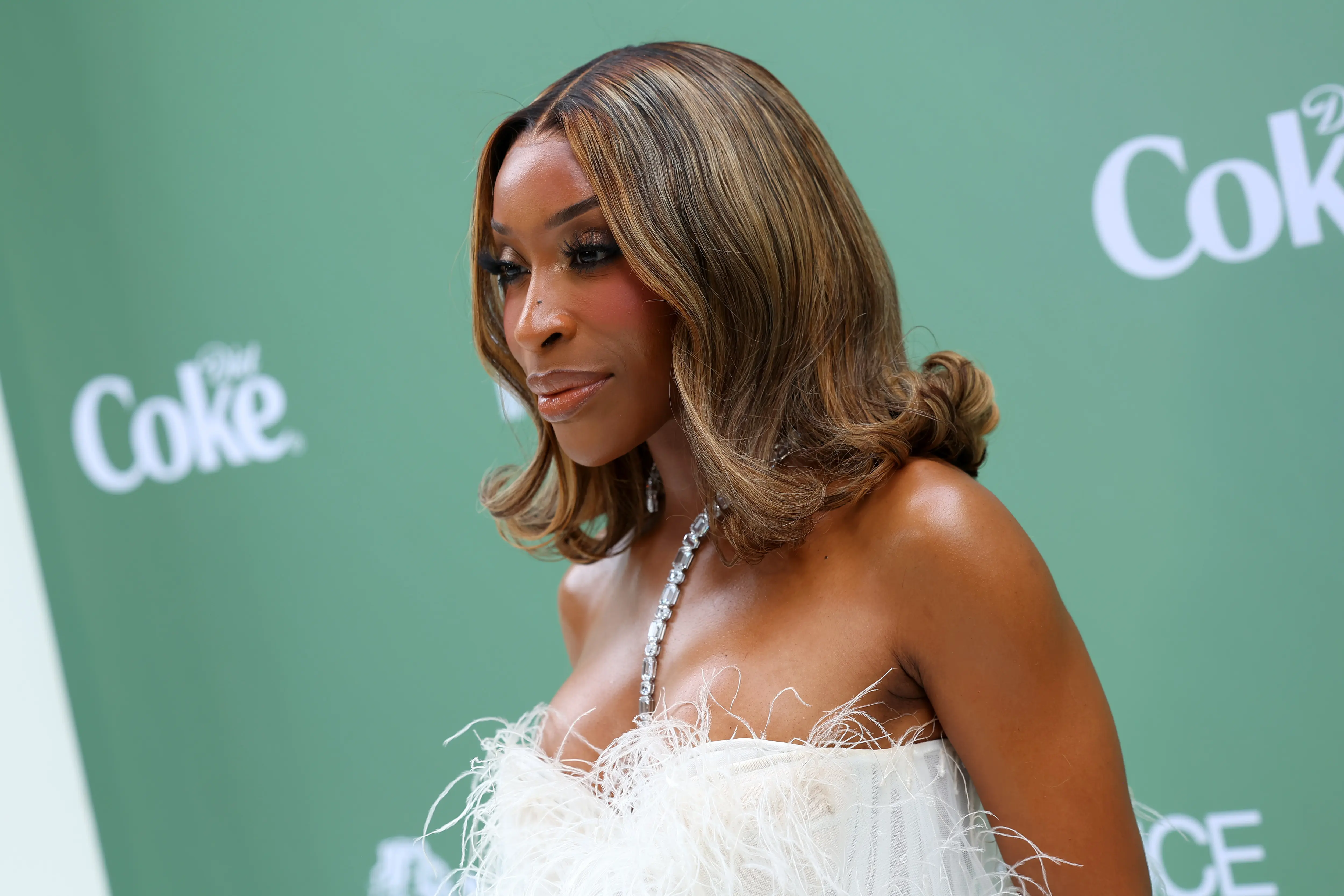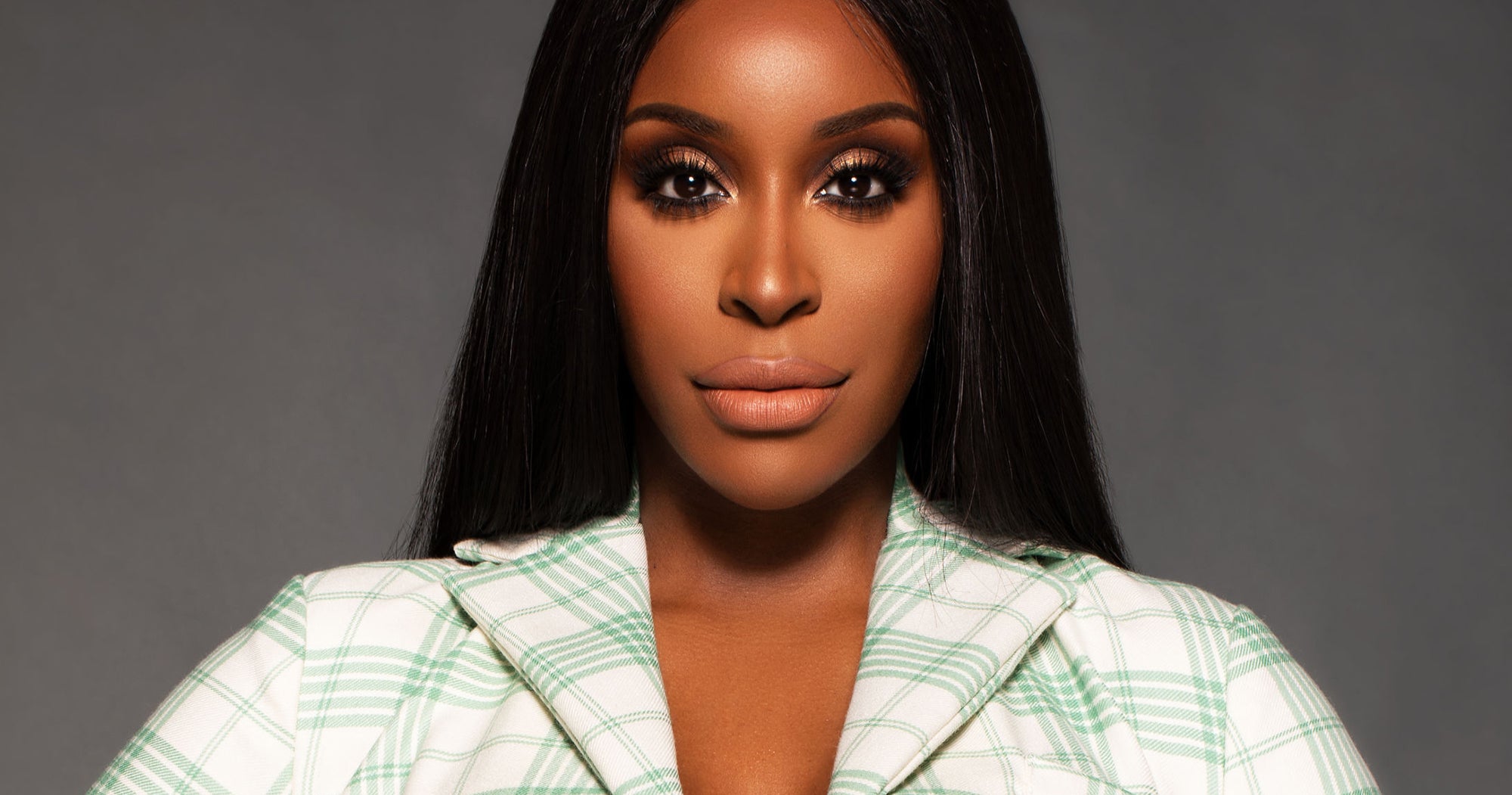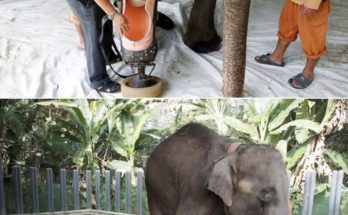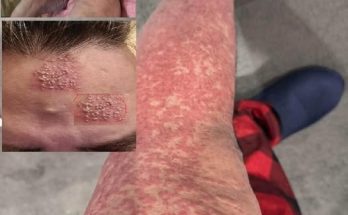Four Words Before the Crash” — How a Fake Headline About Jackie Aina’s Death Fooled Millions and Exposed the Dark Side of Online Fame!
At 11:42 p.m.on a quiet Tuesday night, a poorly edited screenshot began circulating on social media.

It appeared to be from a “breaking news” outlet claiming that beauty influencer Jackie Aina had been “confirmed among victims of a car accident on the California highway.
” The post included an eerie detail: a supposed “four-word message” she had left to fans moments before impact — “I know the truth.
” It was the perfect storm of emotional bait — mysterious, heartbreaking, and vague enough to seem believable.
Within an hour, it had been shared over 50,000 times.
Fans reacted with shock.
“No, please tell me this isn’t real,” one wrote.
Others posted videos in tears, recounting how Jackie’s makeup tutorials had helped them through dark times.
Influencers reposted the claim, adding condolences, while others demanded confirmation.
But by the time legitimate outlets began fact-checking, the narrative had already taken on a life of its own.
“I woke up to hundreds of messages,” Jackie later said in an Instagram Story.
“People saying they were sorry for my family’s loss.
My friends were calling, crying.
I was sitting in bed — alive, confused, and watching this nightmare unfold.
Experts say this kind of viral hoax follows a familiar pattern — and a chillingly effective one.
The mix of celebrity culture, social media hysteria, and the irresistible lure of mystery forms a psychological trap that even experienced users fall into.
“When people see a death rumor, their first instinct isn’t to verify — it’s to react emotionally,” explains Dr.
Elena Monroe, a digital media psychologist at UCLA.
“The emotional shock short-circuits critical thinking.
In a way, it’s the perfect viral formula.
Within hours, fake YouTube tributes appeared.
Thumbnails showing candles, crying emojis, and titles like “We’ll Miss You, Jackie 💔” racked up millions of views.
TikTokers posted “memorial edits” set to sad music.
On X (formerly Twitter), people began speculating about the supposed “four-word message,” creating conspiracy theories about what it meant.
“It’s creepy,” one user wrote.
“Was she trying to warn us about something?”
Meanwhile, the real Jackie Aina — a woman known for her humor, candor, and advocacy for diversity in beauty — was dealing with something few ever experience: watching the internet mourn her in real time.
“At first, I thought it was a joke,” she said.
“Then I saw people crying, and it broke me.
It’s surreal seeing your name next to the word ‘dead.

By the next morning, her team released an official statement: “Jackie Aina is alive and well.
Please stop sharing unverified information.
” But even then, the rumor persisted in darker corners of the internet, where some users claimed she was “covering up the truth” or that “the person posting now wasn’t really her.
” The misinformation had mutated beyond control.
Social media analysts describe this phenomenon as “digital necromancy” — the way the internet can resurrect and rekill public figures in endless cycles of rumor.
From Morgan Freeman to Avril Lavigne, dozens of celebrities have been victims of viral death hoaxes, often sparked by fabricated screenshots and clickbait headlines designed to drive traffic to ad-heavy websites.
Each fake death generates millions of clicks — and each click pays someone.
But beyond the metrics and algorithms lies a deeper human toll.
“These hoaxes aren’t harmless,” Dr.Monroe warns.
“They traumatize fans and families, and they desensitize us to real tragedy.
Every fake death makes the next real one feel less shocking.
In Jackie’s case, the emotional aftermath lingered.
“It made me think about how fragile the truth is online,” she said.
“Someone can erase you with a headline.
And the scariest part? People believe it because they want to believe it.
” She admitted feeling shaken by how quickly the world was willing to move on.
“In less than 24 hours, people went from crying to arguing about whether I was ‘actually dead.
’ It was like watching empathy dissolve in real time.
The “four-word message” that fueled the rumor turned out to be completely fabricated — a digital Frankenstein stitched together from an unrelated tweet Jackie had posted years earlier.
It was the perfect example of how easily context can be manipulated.
“Someone found an old post where I said, ‘I know the truth,’ and they twisted it,” she explained.
“That was about makeup ingredients — not mortality.
Ironically, the entire ordeal exposed the very thing those four words hinted at: the truth about misinformation itself.
The story wasn’t about Jackie’s death — it was about how we, as a society, consume tragedy like entertainment.
Each repost, each condolence tweet, was another click feeding the machine.
Eventually, Jackie turned the incident into a teachable moment.
In a follow-up video titled “I’m Not Dead — But The Internet Might Be,” she spoke candidly about the experience.
“We have to stop giving oxygen to lies,” she said.
“Every time we share without checking, we’re part of the problem.
We’re killing people’s peace, their reputations — sometimes even their safety.
Her words resonated deeply.
Fans flooded her comments with relief, apologies, and renewed admiration for her strength.
One wrote, “You literally came back from the dead — online, at least.
That’s power.
In the end, Jackie Aina’s “death” became more than a hoax — it became a mirror.
A reflection of how digital culture has turned rumor into ritual, and outrage into entertainment.
And somewhere between truth and fiction, a real woman sat at home, alive, scrolling through her own obituary — proof that in the age of viral misinformation, the line between life and legend can disappear with a single click.



